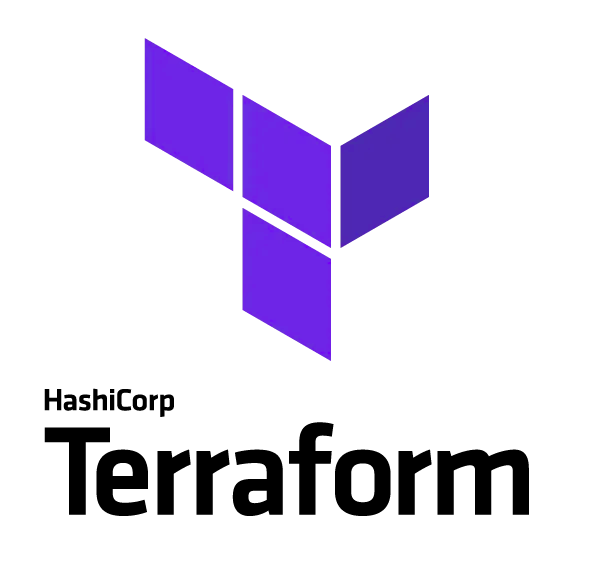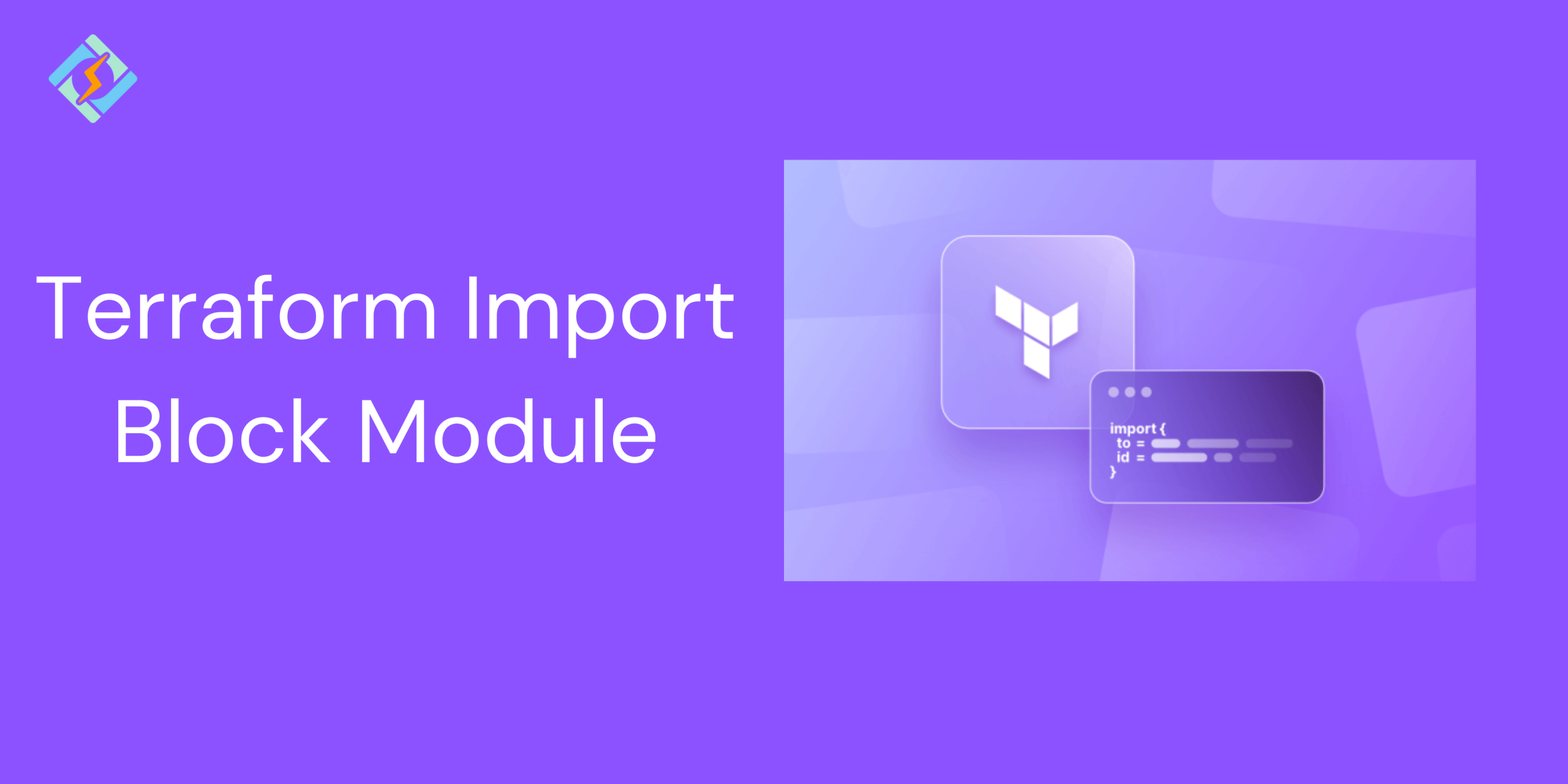Terraform, a well-known Infrastructure as a Service (IaC) tool, allows for the planning and implementation of changes using files and modules by storing the current state of deployed and managed infrastructure in a file.
Terraform has traditionally managed infrastructure as Code (IaC), but integrating existing infrastructure has been difficult. The modular setup often conflicted with the old import command, which required manual state management.
This article will discuss how to utilize Terraform import blocks within modules, the significance of this feature, and tips for maximizing its benefits.
What Is The Terraform Import Block Module?

The Terraform import block, added in version 1.5.0, allows users to bring existing infrastructure resources into a Terraform state file in a clear way. This makes resource imports part of the planning process, just like other resources, instead of being a simple state change. This change enhances clarity and aligns imports with the main ideas of infrastructure as code (IaC), helping users manage their infrastructure more efficiently and reliably.
When and Why Use Terraform Import Block Modules
Terraform has made this easier with the introduction of import blocks, particularly when used with modules.
It helps avoid duplicating resources, making infrastructure management a breeze. This is super handy if you’re dealing with old issues in your setup that you want to tackle using Terraform. Terraform Import makes sure all your resources are consistently managed, no matter where they come from, and it helps stop manual configuration drift.
Get exclusive access to all things tech-savvy, and be the first to receive
the latest updates directly in your inbox.
Plus, it keeps everything in one place for all your infrastructure resources. With Terraform Import block module, you can gradually start using Terraform for your existing resources without needing to rebuild everything from the ground up.
This way, you can slowly take control of your infrastructure with Terraform without any hiccups. Importing resources through Terraform Import lets you work with your team using a shared, version-controlled Terraform state. This boosts teamwork and makes sure everyone is on the same page with the infrastructure definitions, leading to better consistency and accuracy within your team.
By leveraging Terraform Import, you can efficiently manage your infrastructure, avoid resource duplication, and ensure your team has a common understanding of your setup. Terraform Import is a great tool for maintaining configuration consistency, allowing for gradual adoption, and improving collaboration.
The terraform import block is structured as follows:
import { to = id = } where ‘to’ is the reference to be imported into your Terraform state, and ‘id’ is the resource ID you want to import.
The main.tf file now appears like this:
import { to = module.gcs.google_storage_bucket.this["this-is-my-bucket-name"] id = "this-is-my-bucket-name" } module "gcs" { source = "drandell/cloud-storage/google" version = "1.0.1" buckets = { "this-is-my-bucket-name": { project = "billing-budgets" location = "us-central1" uniform_bucket_level_access = true } } }Step-by-Step: Using Terraform Import Block Within a Module
Here’s how you can use a Terraform Import Block Module.
Real-World Examples
Example 1: Importing an AWS EC2 Instance
import {<br>to = aws_instance.web_server<br>id = “i-1234567890abcdef0”<br>}<br>resource “aws_instance” “web_server” {<br>ami = “ami-0c55b159cbfafe1f0”<br>instance_type = “t2.micro”<br># Add other attributes as necessary<br>}Example 2: Importing Multiple S3 Buckets
locals {<br>buckets = {<br>“staging” = “bucket1”<br>“uat” = “bucket2”<br>“prod” = “bucket3”<br>}<br>}<br>import {<br>for_each = local.buckets<br>to = aws_s3_bucket.this<br>id = each.value<br>}<br>resource “aws_s3_bucket” “this” {<br>for_each = local.buckets<br># Configure bucket properties here<br>}Example 3: Importing Resources Across Module Instances
locals {<br>buckets =<br>}<br>import {<br>for_each = { for b in local.buckets : “${b.group}.${b.key}” => b }<br>id = each.value.id<br>to = module.group.aws_s3_bucket.this<br>}Best Practices for Terraform Import Block Module Integration
- Prepare Before Importing: Analyse your current infrastructure and decide which resources to bring in.
- Employ Descriptive Resource Names: Give your imported resources in Terraform names that are understandable and significant.
- Verify State After Import: To guarantee accuracy, always verify your Terraform state after importing.
- Update Configuration Quickly: Make sure your Terraform configuration is up to date with the imported state as soon as possible.
- Employ Version Control: Following successful imports, commit your modifications to version control.
Think About Leaving Import Blocks in Your Configuration: Import blocks provide as documentation of the source of a resource.
Common Errors and Troubleshooting Tips
Challenges of Terraform dynamic block in the module.
1. Error-Positive Manual Configuration
- Terraform import does not automatically generate corresponding configuration files, making it time-consuming and prone to errors.
- Collecting all necessary attributes from external resources and writing them as a configuration file can lead to mistakes and omissions.
2. Requirement for Exact Resource Ids
- Terraform needs to know the exact resource ID of the resource you’re trying to import.
- This can be challenging when dealing with resources with dependencies or that require multiple identifiers.
3. Handling Drifts
- Run the ‘Terraform Plan’ command after importing resources to ensure no drifts between the configuration and real-world resource.
- If there are any differences, the physical resource may be updated, deleted, or created.
- The possibility of missing attribute values can lead to drift.
4. Destruction of Resources
- Terraform import can destroy existing resources if mistakes are made in the configuration.
- Review the ‘Terraform Plan’ output to ensure no resources are unintentionally destroyed. Be cautious when using the ‘Terraform Apply’ command, especially with the ‘–auto-approve’ option.
Advanced Tips
You can bring in blocks from nested modules by using the complete path. This is super handy for CI/CD pipelines where having a consistent infrastructure is key. Also, try using for_each for bulk imports when dealing with multiple similar resources.
Key Takeaways
You successfully learnt how by integrating Terraform Import Block Module, you can unlock a new level of consistency, automation, and maintainability in your infrastructure workflows. I recommend switching to Terraform import block module, instead of using the CLI-based import for a seamless and scalable IaC experience.

FAQ’s
1. Can I import multiple modules at once using import blocks?
In your root setup, just define many import blocks.
2. After using an import block, does Terraform handle a managed imported resource automatically?
Terraform handles imported resources the same way it does any other resource you’ve declared in your configuration, including applying diffs and monitoring changes, after they’ve been successfully imported through an import block.
3. Does the cloud console allow me to use import blocks to import manually produced resources?
You can, indeed. For the purpose of bringing manually generated or legacy cloud resources into Terraform control without having to recreate them, import blocks were specifically designed.
4. What happens if I remove the terraform import block module after importing?
A: Removing the import block removes the import directive from your code but does not remove the resource from Terraform’s state. As long as the configuration and state remain intact, Terraform retains control over the resource.



